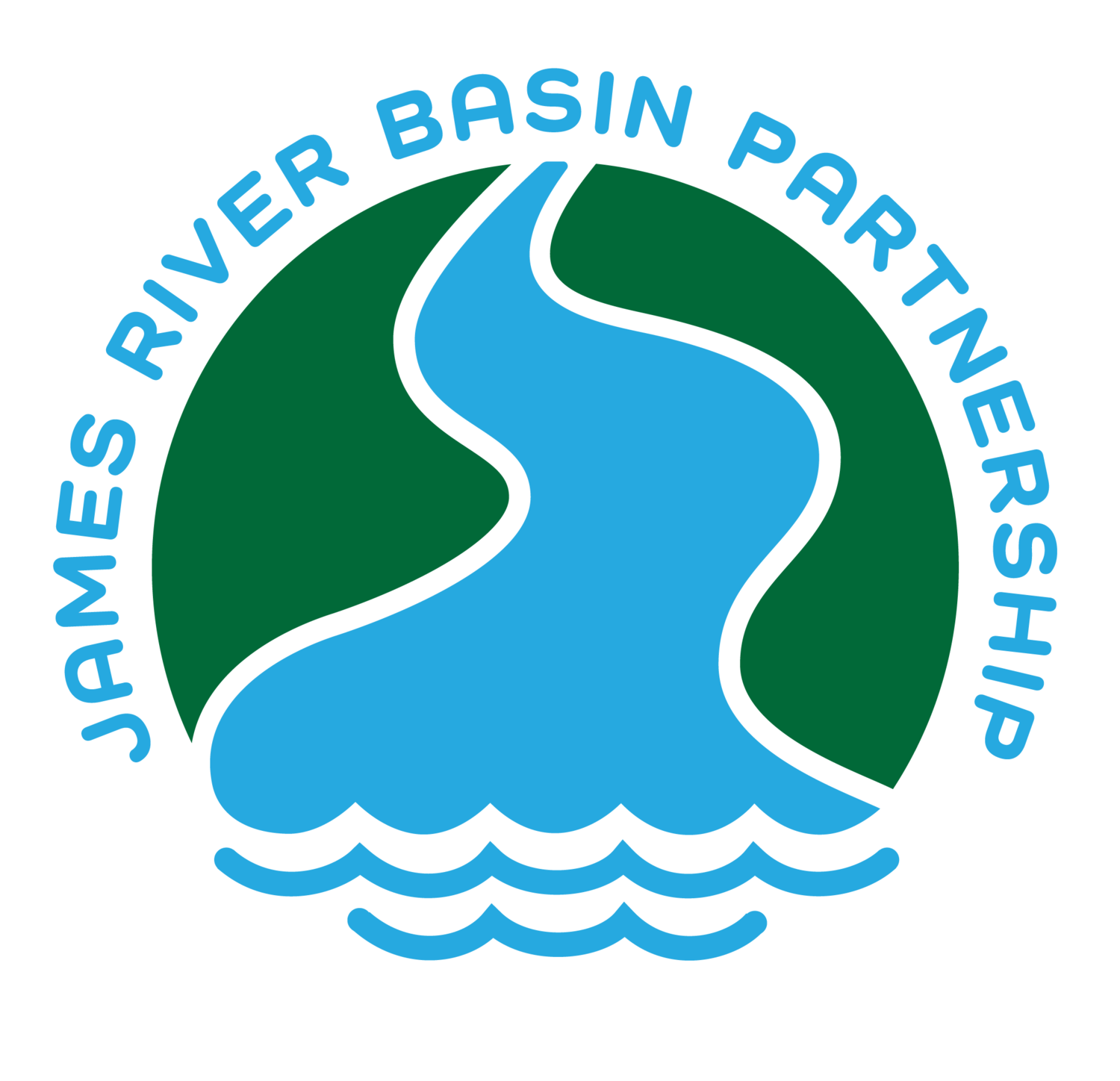When you think of JRBP’s mission to envision clean water for current and future generations, some very beautiful images comes to mind – the James itself, flowing through the prairies and woods of Southwest Missouri, most notably local flora and fauna living alongside the James and its tributaries – and of course, septic tanks.
Yes, you read that right. Septic tanks. Pretty they aren’t, but septic tank maintenance is vital to clean water.
Septic tanks are designed to accumulate solid waste for several years, but it is highly recommended that septic tank owners have their tanks inspected annually and pumped out every three to five years by a professional septic contractor. Several factors determine how often septic tanks must be pumped, including its size or capacity; the number of people in the household or how much water is used, and the volume of solids in the waste – for example, a garbage disposal will add more solids to a septic system, causing need for more frequent pump outs, as much as 50% more often in fact.
While it may seem expensive, regular inspections and pumping prevents solid waste from building up in the tank, which then clogs lateral lines – and a fun fact seems appropriate here, only 20% of treatment of solids occurs in the tank – some 80% of it occurs in the soil itself. Annual inspections also catch cracks, leaks and clogs early enough to avoid ground and surface water pollution, as well as a very expensive bill should the tank fail and need to be replaced.
It may be tempting to think that adding commercial septic additives will reduce or eliminate the need for regular pumping, but in fact, the opposite is true: additives may actually be harmful to the system and lead to early failure. In addition, avoid dumping hazardous materials, such as household cleaners, paint and varnishes, pesticides and solvents (just to name a few) down the drain. These items can kill the bacteria in the tank that break down waste and potentially leech into the groundwater supply. We also strongly recommend you resist the almost irresistible temptation to go into your septic tank, as dangerous gasses might be lurking in its depths.
As I wrote this blog, the BBC was reporting about a monster “fatberg” discovered in the sewers of a small town in Devon, England – filled with supposedly “flushable” wet wipes, food waste, diapers and paper towels. A similar one was discovered in a Victorian-era sewer in London in 2017. Now imagine that in your septic tank!
Besides the inside of the tank, protect the outside of the septic system from damage from shrub or tree roots, which may serve as a de facto conduit of partially treated sewage, and clog or damage your lateral lines. Only plant grass above the lateral field. Avoid parking or driving cars across septic systems, and divert roof drains and street runoff away from the field. A rain barrel is an excellent way to divert roof runoffs, by the way, and we have a rebate for those as well!
So now that we’ve given you the “down and dirty” about septic tanks, what can do you do to ensure that yours is in tip-top shape and not a potential threat to local water quality? Why, participate in JRBP’s “Fresh Flush” Septic Pump-out Program of course!
We’re proud to announce that “Fresh Flush” is back up and running! Individual homeowners and businesses in the entire James River watershed are eligible to participate in this rebate program – so how do you do that? Simply fill out our online survey or call our Project Manager Brent Stock, who will ask you some questions about your system – tank size, number of persons living in the residence, etc. We’ll send you an information packet, including a list of approved septic professionals, and once the tank is pumped, they will sign a form saying that they have completed the work. Then simply send the form and a copy of your paid invoice to Brent, and a rebate will be issued. Please note that the $50 rebate is only redeemable once every 365 days.
Without regular maintenance, a failing septic system can contribute excess algae-feeding nutrients, pollute drinking water and release illness-causing bacteria into our rivers, lakes and groundwater, as well as lowering property values and costing the homeowner money to replace. Don’t flush your money down the toilet – give it a “fresh flush” this year and help us protect our local waters.
We’ll see you – but not your sewage – downstream!
Todd



